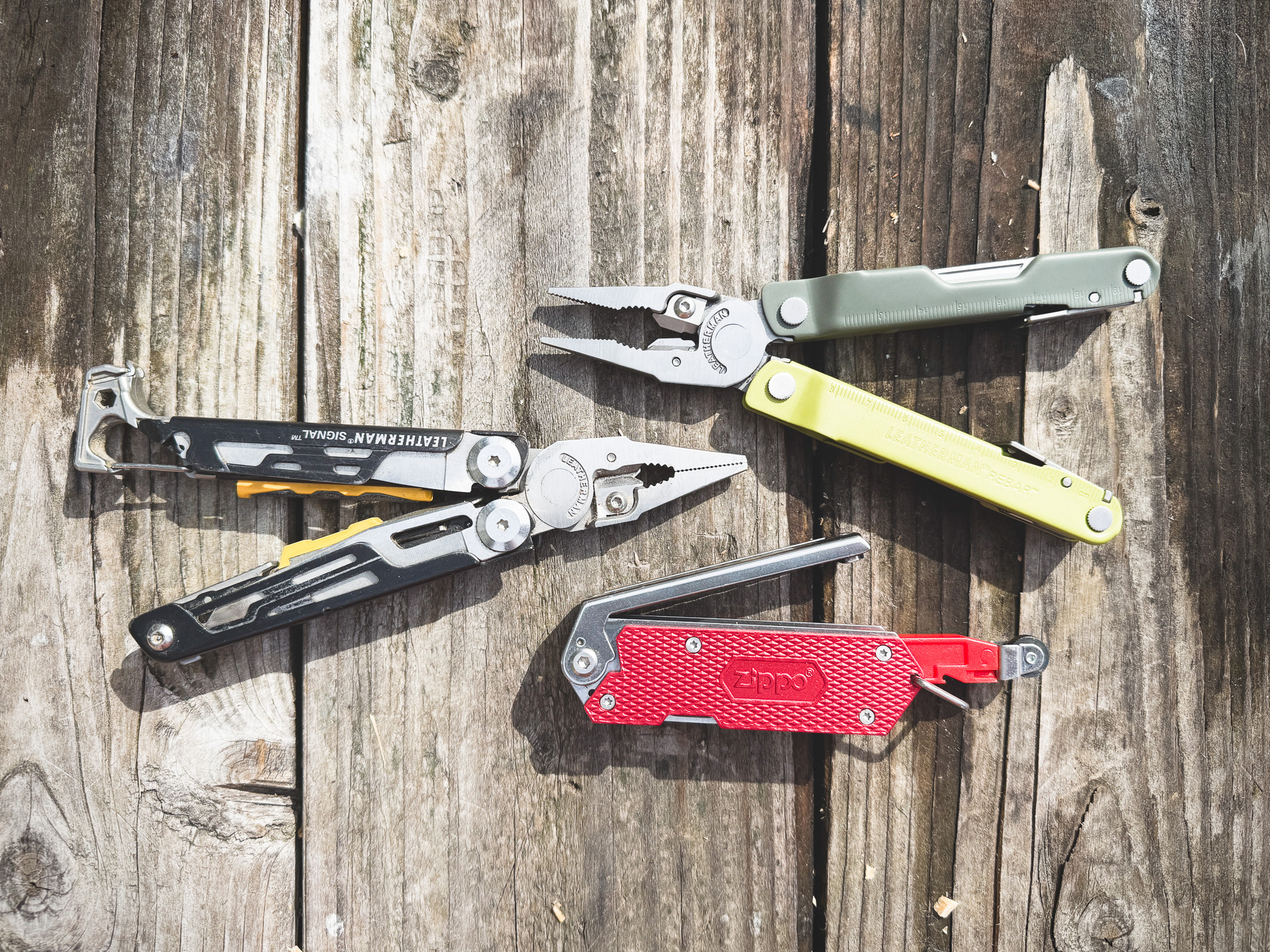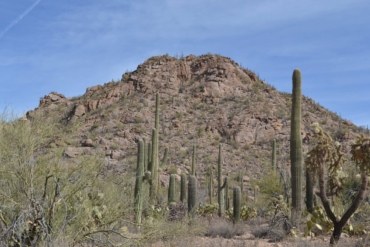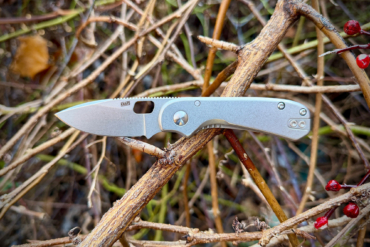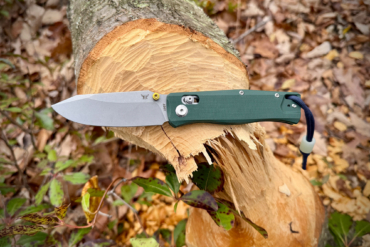
The knife counter at your favorite outdoor retailer is a beautiful place where a spectrum of blades awaits your admiring gaze. But when it is time to shell out some hard-earned cash for your primary tool in the outdoors, one that just may be handed down to your grandchildren, the multitude of styles, prices, and designs can make the process of choosing the right knife downright daunting.
GearJunkie consulted with Ray Witt, a category manager for camping accessories and cutlery at Cabela’s, to learn how to pick the right knife every time. Read on to learn what the experts look for when buying an outdoor knife.
Steel – There are many steel types used in knife-making and you should choose blade steel based on how you plan to use your knife. Steels differ in regard to hardness and fall within different areas on the Rockwell hardness scale.
Steels also differ in edge retention, “sharpen-ability,” and corrosion resistance. A few common blade steels are 420 and 420HC, 440A, AUS 8, D2, 154CM, and S30V. The hardness affects how easy they are to sharpen and how long they will hold an edge.
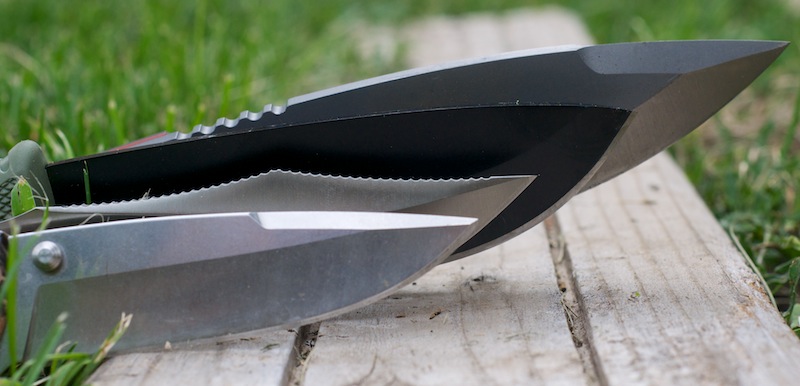
— 420 is one of the most common metals for knife blades. It makes for a hard, strong blade with good corrosion resistance. It is only OK at holding an edge, but it is pretty easy to sharpen.
— 420HC is a high-carbon version of 420 with better edge retention. This is Buck’s standard blade material. It approaches the wear resistance of high carbon alloys while delivering the corrosion resistance of chromium stainless steels. Hardened steel blades made of 420HC are also relatively easy to sharpen.
— AUS 8 is a Japanese stainless steel. It’s tough, holds an edge, and has good corrosion resistance. It is also relatively inexpensive.
— S30V contains carbon as well as high amounts of Chromium, Molybdenum and Vanadium. This steel combines fantastic edge retention and high ductility with corrosion resistance and is often found on high-end blades. It is commonly considered a superior all-around knife steel. All Cabela’s Alaskan Guide Knives made by BUCK use S30V.
— D2 contains 12% chromium and has incredible edge-retention. The trade off is only OK corrosion resistance and difficult sharpening.
— 154CM makes for a blade with good toughness, edge-holding and corrosion resistance. It was first designed for jet engine blades!
— 440A is found in many production knives for its balance of edge retention, easy sharpening and corrosion resistance. It is an affordable option.

“The steel used in the knife will have an impact on the price of a knife as well,” Witt said. “That is why it is important to have an idea of how you plan to use the knife the most.”
If you are looking at a hunting knife, you want a good balance of edge retention and sharpenability in case you do have to sharpen it in the field.
“I personally prefer the S30V for a hunting/field knife,” Witt said.
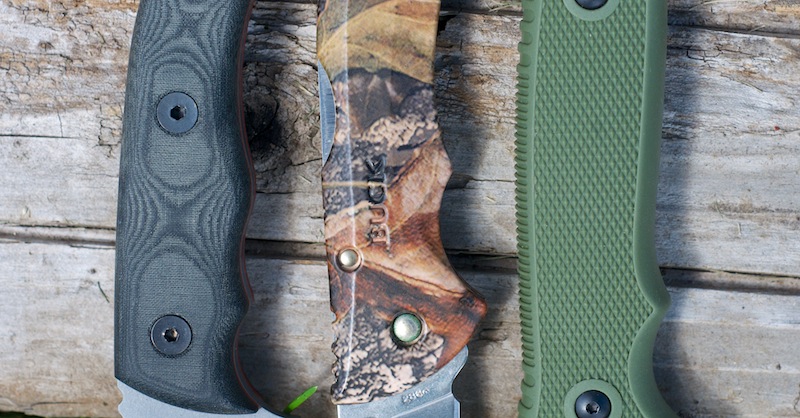
Handle – There are several handle materials and they can be endless in design and color. Handles can be made of natural materials such as wood, stag (antler) and bone. Handles are also made of metal or synthetic materials such as G10, Kraton, Micarta or carbon fiber.
Related: How To Choose An Outdoors Knife
Handle materials play into how much a finished knife will weigh. The weight is purely personal preference as some like a heavier knife and some prefer a lighter one.
Depending on intended use, look for a handle that is comfortable in the hand. For hunting and other situations where a good grip is needed, consider how the handle will perform when wet. Synthetic materials usually provide better wet grip than wood or bone.
Blade Design and Thickness – Some common blade designs are drop point, clip point, spear point, tanto, gut hook, filet and sheepsfoot.
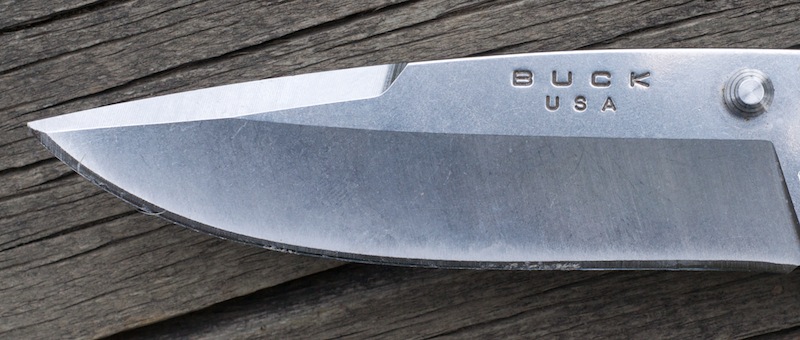
Drop point is one of the more common everyday blades. Some blades are specific to use such as the tanto point, which is popular in tactical knives. The gut hook is specific to hunting knives.

There is an incredible diversity among knife blades, but stick with the classics unless you are sure you need something more specialized.
Every good angler who eats his or her catch needs a fillet knife, by the way! There’s no better way to ensure a beautifully filleted fish than a good, sharp fillet knife and a bit of practice.
Sheath – Not every knife comes with a sheath, but if it does (a fixed blade certainly will and some folders do, too) these are a few things to look for:
— Material — Common sheath materials are leather, nylon, or Kydex. Leather is the most traditional and most common.

Nylon sheaths are also quite common with and sometimes include a belt loop for waist carry.
Kydex is popular in the tactical line and some are made to be compatible with Molle systems (Modular Lightweight Load-carrying Equipment). Leather sheaths do require some maintenance, such as oil, and nature’s elements can affect how they perform. Nylon and Kydex are maintenance-free and will stand up to the toughest elements nature can throw at you.

Many everyday folding knives include a pocket clip and a good option over a sheath if you would rather carry in your pocket instead of on your belt.
Workmanship — This is a harder characteristic to quantify, however worth taking into consideration when purchasing a knife. Will a $15 and $200 knife both cut things? The answer is yes. However, more expensive knives often come not only with better materials but from skilled workers who create a tool to exacting standards. Knives from brands like Buck also offer many made-in-the-USA options for those who want to support domestic manufacturing.


